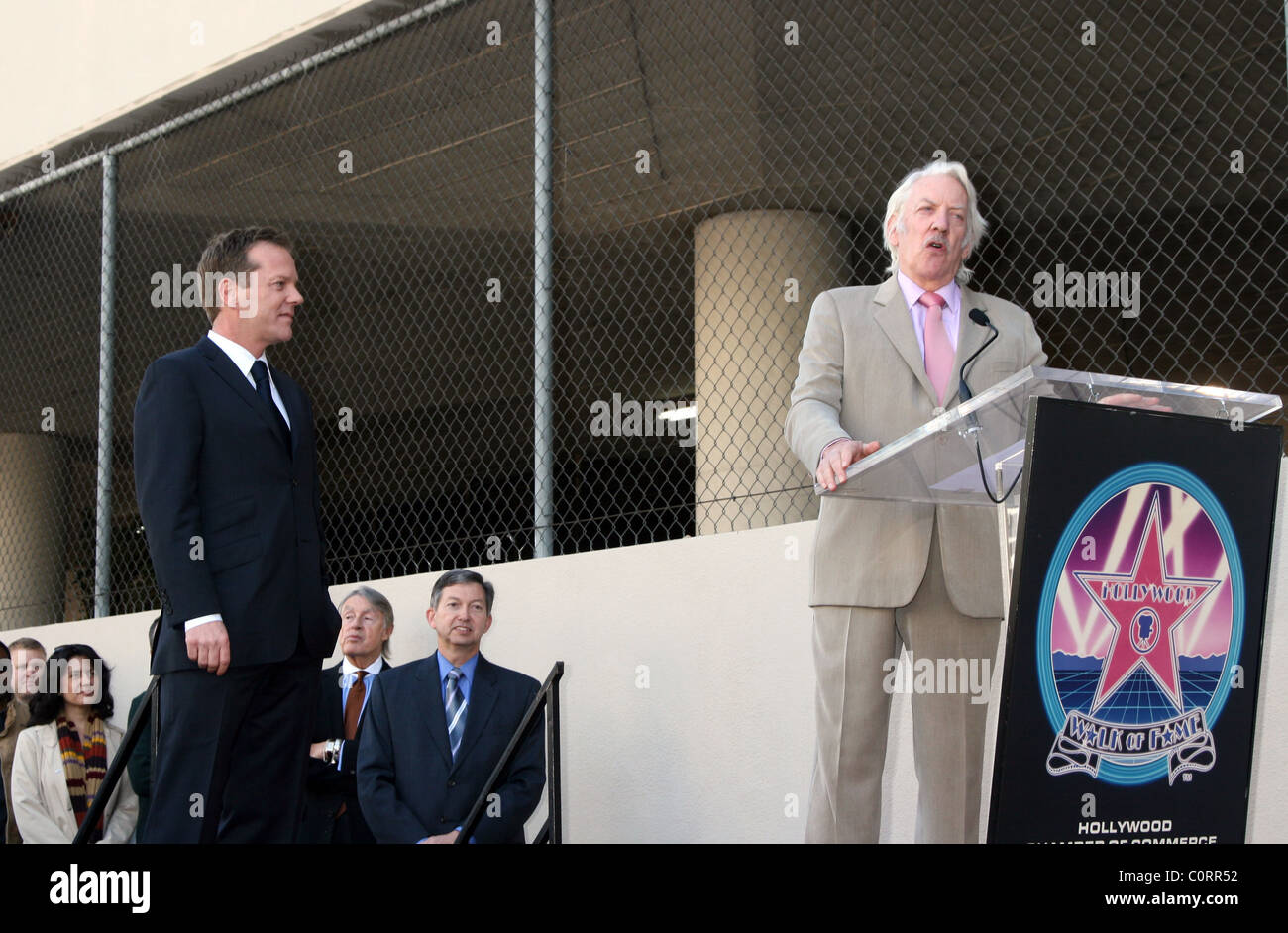The Trump Administration And Europe: A Trade Conflict Unpacked

Table of Contents
Steel and Aluminum Tariffs: The Spark of the Conflict
The Trump administration's imposition of tariffs on steel and aluminum imports from Europe in 2018 ignited a major trade conflict. The justification, largely based on Section 232 of the Trade Expansion Act of 1962, centered on national security concerns. The administration argued that these imports threatened the domestic steel and aluminum industries, crucial for national defense. However, this move was also widely seen as a protectionist measure aimed at shielding American producers from foreign competition.
- National security concerns: The administration claimed that reliance on foreign steel and aluminum made the US vulnerable in times of crisis.
- Allegations of unfair trade practices: The US argued that European producers benefited from unfair subsidies and dumping practices, harming American businesses.
- Retaliatory tariffs: The EU responded swiftly, imposing retaliatory tariffs on a range of American goods, including iconic products like Harley-Davidson motorcycles and bourbon whiskey. This escalated the US-EU trade war.
- Economic impact: The tariffs led to increased prices for consumers on both sides of the Atlantic, disrupted supply chains, and dampened economic growth. The impact on specific industries, like the motorcycle and bourbon industries in the US, was particularly severe. These steel tariffs and aluminum tariffs are key examples of protectionist measures during this time.
Disputes over Airbus and Boeing Subsidies
Adding fuel to the fire was the long-standing dispute over government subsidies provided to Airbus and Boeing. This long-running World Trade Organization (WTO) case involved accusations of illegal government support given to both aerospace giants, distorting competition in the global market.
- WTO rulings and counter-measures: The WTO ruled against both the US and the EU, authorizing both sides to impose retaliatory tariffs. This created a tit-for-tat cycle of escalating tariffs.
- Escalating cycle of retaliatory tariffs: The authorized tariffs further strained relations and impacted the aerospace industry globally. The back and forth between the two entities created significant uncertainty and cost increases.
- Impact on the aerospace industry: The tariffs affected numerous businesses and jobs in both the US and the EU, threatening the competitiveness of their respective aerospace industries. The impact on aerospace trade was significant.
- Attempts at resolution: While there were attempts at negotiation and resolution, progress was slow, highlighting the complexities of settling such deep-rooted disputes. The attempts to resolve this Boeing subsidies and Airbus subsidies issue proved difficult.
The Impact on Transatlantic Relations
The trade conflict initiated by the Trump administration had far-reaching consequences for US-EU relations, extending beyond purely economic implications.
- Damage to trust and cooperation: The imposition of tariffs severely damaged the trust and cooperative spirit that had long characterized transatlantic relations.
- Impact on political alliances: The trade disputes strained the already delicate balance within political alliances, raising questions about the future of joint action on global issues.
- Consequences for global trade governance: The actions taken by both sides cast a shadow on the effectiveness of the WTO and the rules-based international trading system.
- Shifting global power dynamics: The conflict highlighted shifts in global power dynamics, with the US and the EU engaging in a trade war at a moment when other global players were strengthening their economic positions. The overall US-EU relations suffered.
Beyond Tariffs: Non-Tariff Barriers and Regulatory Differences
Beyond the headline-grabbing tariffs, other factors contributed to the trade tensions between the US and Europe.
- Regulatory divergences: Significant differences in regulations related to data privacy (GDPR vs. CCPA), food safety standards, and other areas created non-tariff barriers to trade.
- Different approaches to industrial policy: Divergent views on the role of government in supporting industries fueled friction and mistrust.
- Impact on investment and technological collaboration: The trade conflict negatively impacted foreign direct investment (FDI) and hindered technological collaboration between the US and Europe. The impact on investment and technological collaboration was significant.
Conclusion
The Trump administration's trade policies toward Europe had profound economic and political consequences. The steel and aluminum tariffs, coupled with the long-standing Airbus and Boeing dispute, escalated into a broader trade conflict, severely damaging transatlantic relations. This conflict underscored the complexities of US-EU trade relations, highlighting the interplay of national security concerns, protectionist measures, and regulatory differences. For a deeper understanding of the ongoing complexities of the US and Europe trade relationship, further research into the Trump administration's legacy on transatlantic trade is essential.

Featured Posts
-
 Iconic Michael Schumacher Benetton F1 Show Car Up For Auction
May 26, 2025
Iconic Michael Schumacher Benetton F1 Show Car Up For Auction
May 26, 2025 -
 Fcm Ikone Lars Fuchs Seine Dankbarkeit Und Der Weg In Die Bundesliga
May 26, 2025
Fcm Ikone Lars Fuchs Seine Dankbarkeit Und Der Weg In Die Bundesliga
May 26, 2025 -
 Le Deblocage De La Rtbf Un Mythe A Deconstruire
May 26, 2025
Le Deblocage De La Rtbf Un Mythe A Deconstruire
May 26, 2025 -
 Hasil Lengkap Sprint Race Moto Gp Argentina 2025 And Klasemen Terbaru
May 26, 2025
Hasil Lengkap Sprint Race Moto Gp Argentina 2025 And Klasemen Terbaru
May 26, 2025 -
 Kiefer Sutherland Pays Tribute To Donald Sutherland At Csas
May 26, 2025
Kiefer Sutherland Pays Tribute To Donald Sutherland At Csas
May 26, 2025
